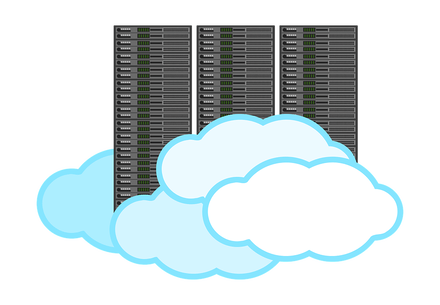|
Cloud computing has taken the world by storm lately, as it effectively democratized computing power and storage. This has inevitably impacted data science work too, especially when it comes to the deployment stage of the pipeline. Two of the most popular methods for accomplishing this is through containers and micro-services, both enabling your programs to run on some server somewhere with minimal overhead. The value of this technology is immense. Apart from the cost-saving that derives from the overhead reduction, it makes the whole process easier and faster. Getting acquainted with a container program like Docker isn't more challenging than any other software a data scientist uses, while there are lots of docker images available for the vast majority of applications (including a variety of open-source OSes). Cloud computing in general is quite accessible, especially if you consider the options companies like Amazon offer. The key value-add of all this is that a data scientist can now deploy a model or system as an application or an API on the cloud, where it can live as long as necessary, without burdening your coworkers or the company’s servers. Also, through this deployment method, you can scale up your program as needed, without having to worry about computational bandwidth and other such limitations. Cloud computing can also be quite useful when it comes to storage. Many databases nowadays are available on the cloud, since it's much easier to store and maintain data there, while most cloud storage places have quite a decent level of cybersecurity. Also, having the data live on the cloud makes it easier to share it with the aforementioned data products deployed as Docker images, for example. In any case, such solutions are more appealing for companies today since not many of them can afford to have their own data center or any other in-house solutions. Of course, all this is the situation today. How are things going to fare in the years to come? Given that data science projects may span for a long time (particularly if they are successful), it makes sense to think about this thoroughly before investing in it. Considering that more and more people are working remotely these days (either from home due to COVID-19, or from a remote location because of a lifestyle choice), it makes sense that cloud computing is bound to remain popular. Also, as most cloud-based solutions become available (e.g. Kubernetes), this trend is bound to continue and even expand in the foreseeable future. Hopefully, it has become clear from all this that there are several angles to a data science project, beyond data wrangling and modeling. Unfortunately, not many people in our field try to explain this aspect of our work in a manner that's comprehensible and thorough enough. Fortunately, a fellow data scientist and I have attempted to cover this gap through one of our books: Data Scientist Bedside Manner. In it, we talk about all these topics and outline how a data science project can come into fruition. Feel free to check it out. Cheers!
0 Comments
Your comment will be posted after it is approved.
Leave a Reply. |
Zacharias Voulgaris, PhDPassionate data scientist with a foxy approach to technology, particularly related to A.I. Archives
April 2024
Categories
All
|

 RSS Feed
RSS Feed